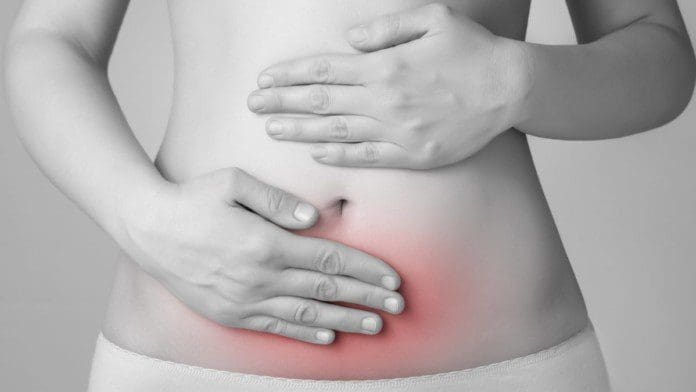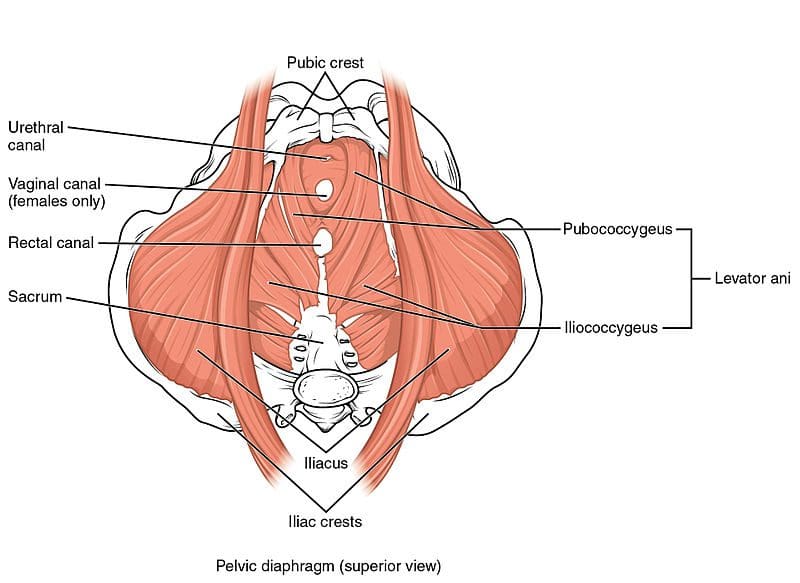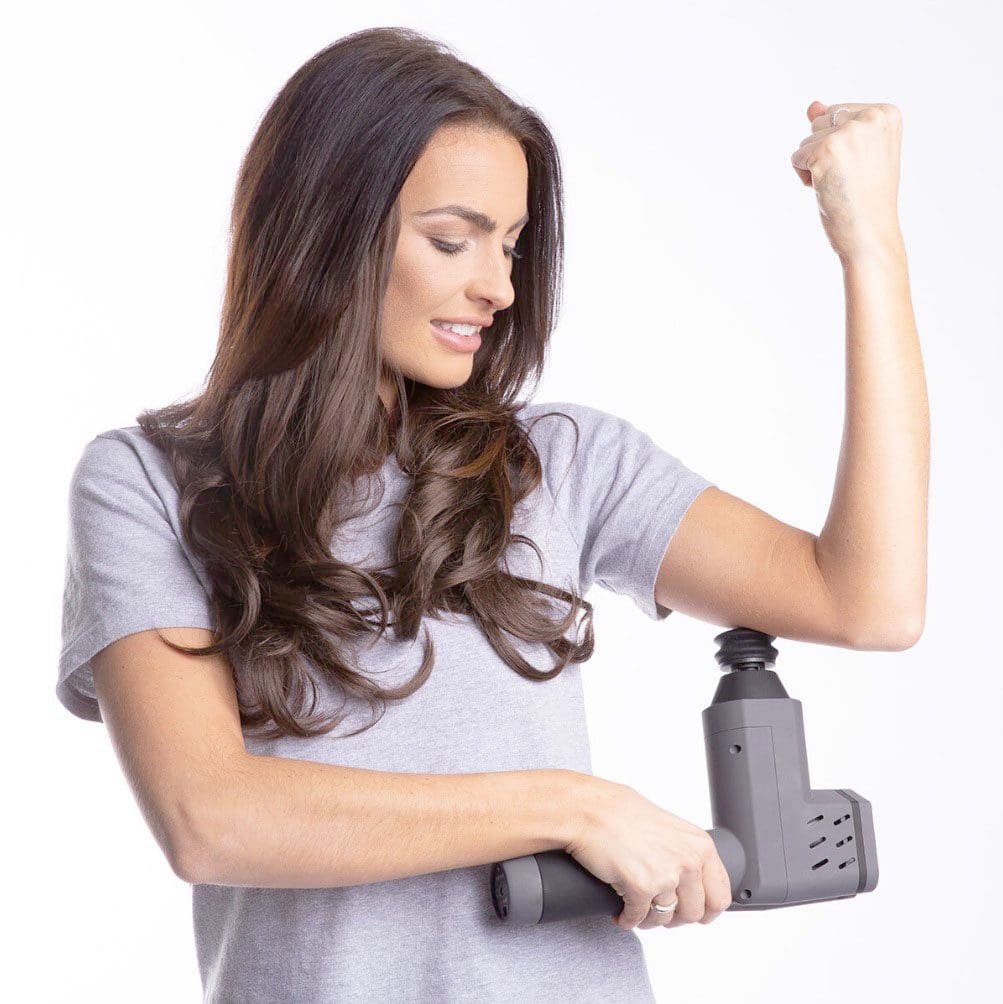Table of Contents
Introduction
The lower body extremities help provide stability to the various body parts, including the hips, thighs, pelvis, legs, knees, and feet. The hips and thighs comprise multiple muscles and nerves that provide mobility to the lower half and allow the host to move around in different locations. While the hip muscles act on the thigh muscles at the hip joint and stabilize the pelvis, the thigh muscles allow the lower body to bend, flex and rotate while bearing most of the upper body’s weight and keeping alignment with the hips and legs. One of the thigh muscles is the sartorius muscle, and if it becomes overused and injured can lead to complications in the form of myofascial pain syndrome. Today’s article post examines the sartorius muscle, how myofascial trigger pain is associated with the sartorius, and the effectiveness of myofascial pain treatment on the thighs. We refer patients to certified providers who incorporate multiple methods in the lower body extremities, like thigh pain treatments correlating to myofascial pain syndrome, to aid individuals dealing with pain symptoms along the sartorius muscle. We encourage and appreciate patients by referring them to associated medical providers based on their diagnosis, especially when appropriate. We understand that education is an excellent solution to asking our providers complex questions at the patient’s request. Dr. Jimenez, D.C., utilizes this information as an educational service only. Disclaimer
What Is The Sartorius Muscle?
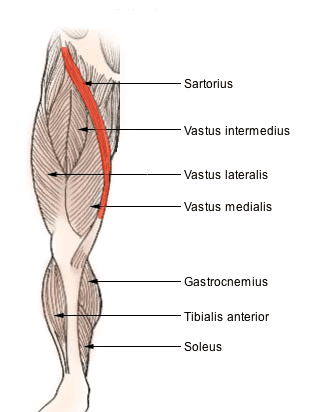
Are you experiencing pain in the upper, mid, or lower parts of your thighs? Do you have difficulty walking for long periods? Or do your knees hurt more than usual? Most of these issues correlate with myofascial trigger pain associated with the sartorius muscle. As the longest muscle that spans from the hips to the knee joints, the sartorius muscle, or the “tailor muscle,” serves as both a hip and knee flexor while working with other muscles that allow hip mobility. The sartorius shares its origin location with the TFL (tensor fascia latae) muscle at the anterior superior iliac spine and is responsible for internal rotation at the hips. In the book, “Myofascial Pain and Dysfunction,” the author Dr. Janet G. Travell, M.D., mentioned that the sartorius muscle assists the iliacus and the TFL muscles in hip flexion while assisting the short head of the bicep femoris in the knees for knee flexion, allowing the individual to walk for long distances. Even though this long muscle assists in hip and knee flexion, it can succumb to injuries and create issues with the hips and knees in the lower body.
Myofascial Trigger Pain Associated With The Sartorius Muscle
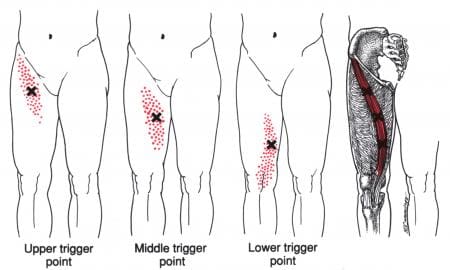
When traumatic forces or normal factors begin to affect the sartorius muscle, the surrounding muscles on the thighs and hips are also affected. The sartorius muscle allows the individual to move around and allows flexion to the hips and knees when injuries or the muscle is being overused; it can cause pain-like symptoms that correlate with hip and knee issues associated with myofascial trigger pain. Myofascial trigger pain along the sartorius muscle doesn’t usually occur in the muscle but can occur in conjunction with trigger point involvement in the surrounding muscles. Studies reveal that myofascial trigger pain is found in the hip muscles and can cause issues in the lumbopelvic-hip muscles of the lower body. This causes referred pain on the sartorius to be more diffused and superficial to the knees. When myofascial trigger pain is associated with the sartorius, many individuals often mistake it for knee pain. To that point, myofascial trigger pain could affect how a person walks and bends at the knees.
Anatomy & Palpation Of The Sartorius Muscle- Video

Are you experiencing issues when you are walking? Do your knees hurt constantly? Or are you experiencing tenderness or pain in your thighs? Most of these issues correlate with myofascial trigger pain associated with the sartorius muscle. The sartorius is a long muscle that connects the hips and spans to the knee joints to provide hip and knee flexion. The sartorius muscle works with the other muscles in the thighs and hips, allowing hip mobility and motor function to the legs. When multiple issues affect the sartorius and the surrounding muscles, it can develop into myofascial trigger pain and cause overlapping risk profiles to the knees and hips. To that point, it causes referred pain issues in the hips and knees, making the individual have difficulty walking from place to place. However, there are available treatments to reduce the pain in the hips and knees and manage the myofascial trigger pain from affecting the sartorius muscle on the thighs. The video above explains the anatomy of the sartorius muscle location and how palpation is used to locate the muscle to see if it is tight or could be affected by trigger points along the muscle fibers. This is one of the techniques that is used when a person is dealing with myofascial trigger pain associated with the sartorius muscle.
The Effectiveness Of Myofascial Pain Treatment On The Thighs

When a person is dealing with myofascial trigger pain in their thighs, and it is affecting the sartorius, many will often try to find available treatments to alleviate the pain. Treatments like dry needling are one of the various myofascial pain treatments that can reduce pain and related disability on the thighs, hips, and knees. Studies reveal that dry needling treatments can help manage knee pain syndrome associated with trigger points on the thighs. However, treatment alone can not be the only solution to reduce myofascial trigger pain in the thighs. Various hip stretches can loosen up tight hip flexors and help elongate the sartorius muscles to break up the nodules and improve mobility function to the hips and knees. People can even utilize self-ischemic compression to allow a more effective stretch on the sartorius muscle.
Conclusion
As the longest muscle in the thighs, the sartorius helps provide a service to hip and knee flexion while working with various muscles to keep the legs moving. When the sartorius muscles become overused and start to cause referred pain to the hips and knees, it can develop into myofascial trigger pain along the sartorius muscle. This can make many individuals believe they are suffering from knee pain when it’s their thigh muscle. However, myofascial trigger pain is treatable through treatments and corrective actions that people can incorporate into their daily activities to prevent pain from escalating and manage trigger points along the sartorius muscle. This can allow people to get back their mobility in their legs.
References
Rahou-El-Bachiri, Youssef, et al. “Effects of Trigger Point Dry Needling for the Management of Knee Pain Syndromes: A Systematic Review and Meta-Analysis.” Journal of Clinical Medicine, MDPI, 29 June 2020, https://www.ncbi.nlm.nih.gov/pmc/articles/PMC7409136/.
Samani, Mahbobeh, et al. “Prevalence and Sensitivity of Trigger Points in Lumbo-Pelvic-Hip Muscles in Patients with Patellofemoral Pain Syndrome.” Journal of Bodywork and Movement Therapies, U.S. National Library of Medicine, 15 Oct. 2019, https://pubmed.ncbi.nlm.nih.gov/31987531/.
Simons, D. G., and L. S. Simons. Myofascial Pain and Dysfunction: The Trigger Point Manual: Vol. 2:the Lower Extremities. Williams & Wilkins, 1999.
Walters, Benjamin B, and Matthew Varacallo. “Anatomy, Bony Pelvis and Lower Limb, Thigh Sartorius Muscle.” In: StatPearls [Internet]. Treasure Island (FL), StatPearls Publishing, 29 Aug. 2022, https://www.ncbi.nlm.nih.gov/books/NBK532889/.


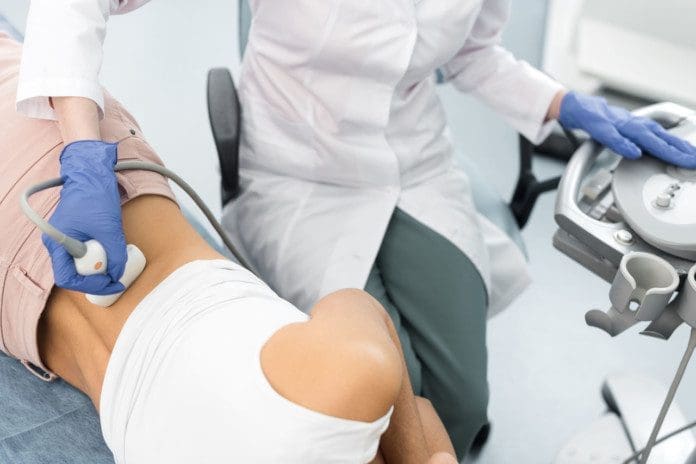
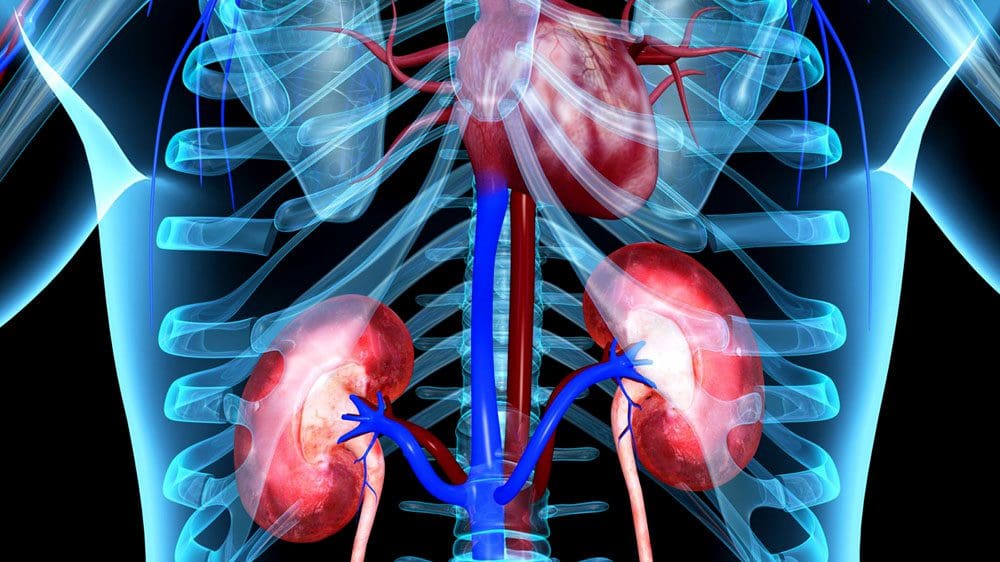
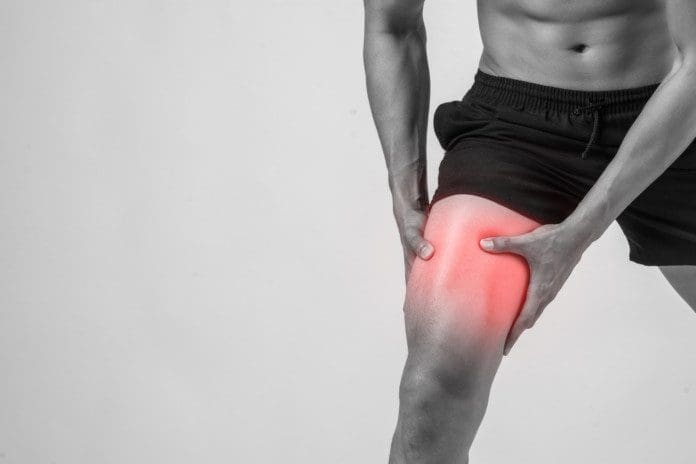
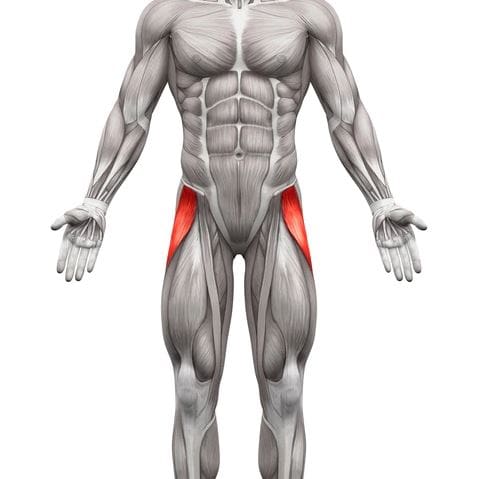
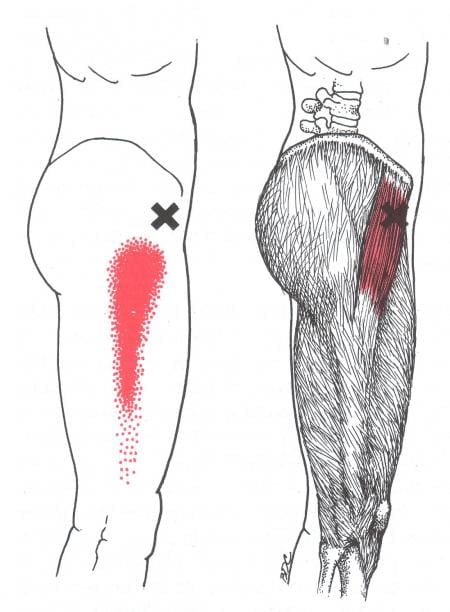




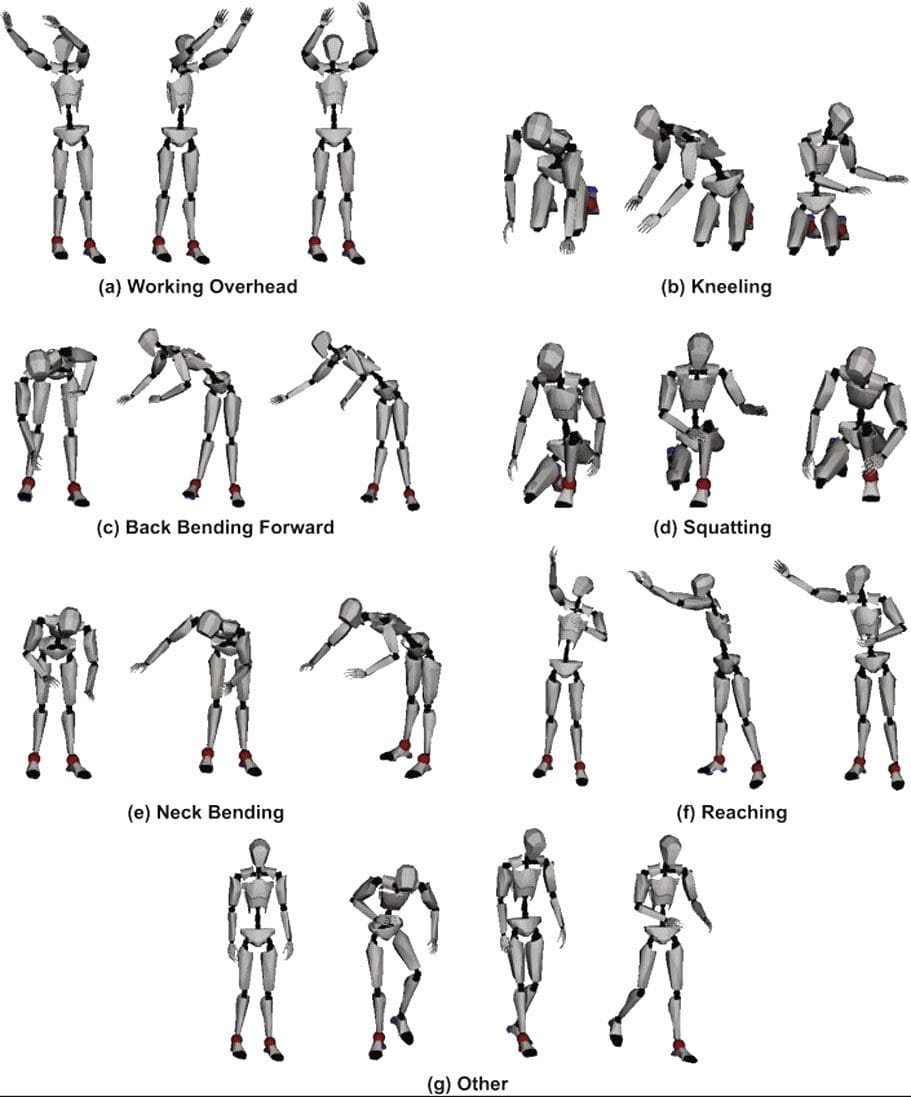
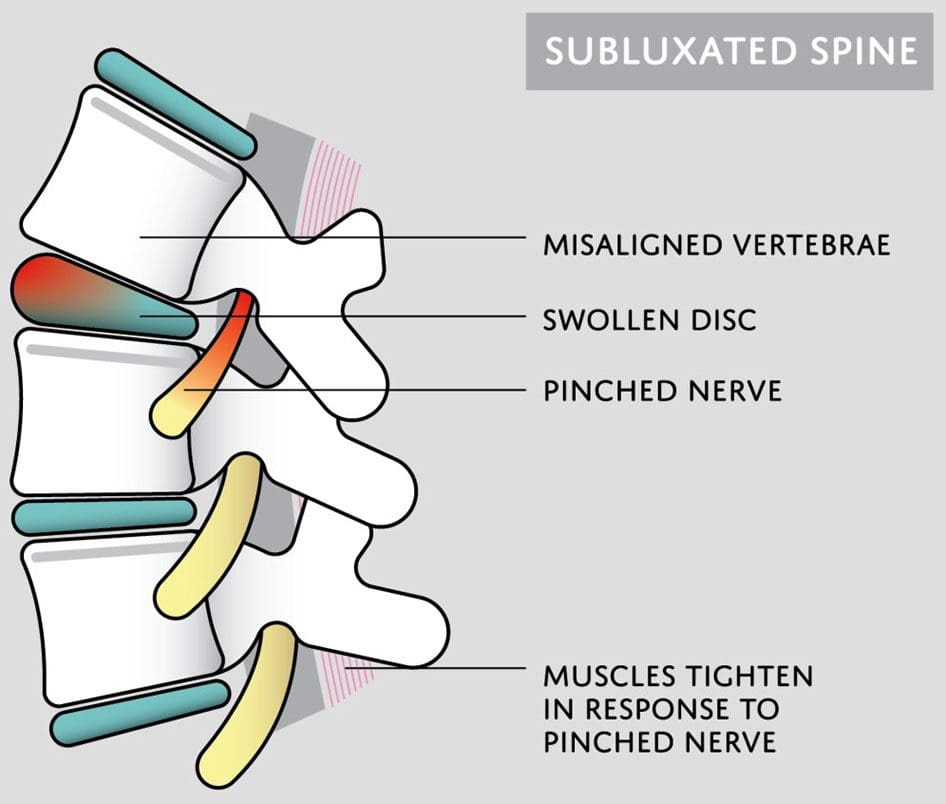

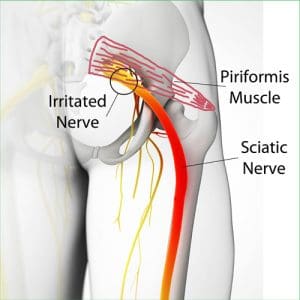
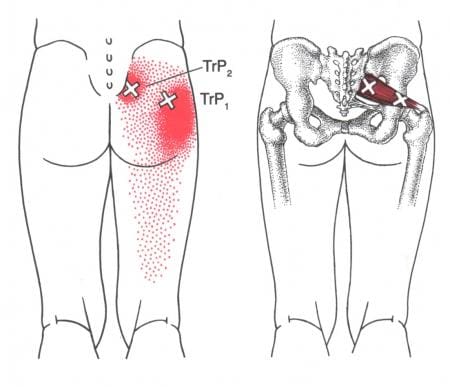

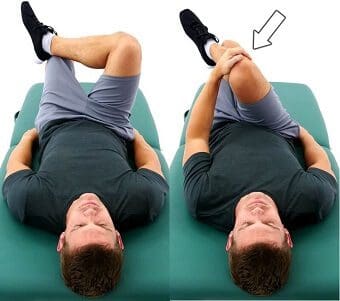


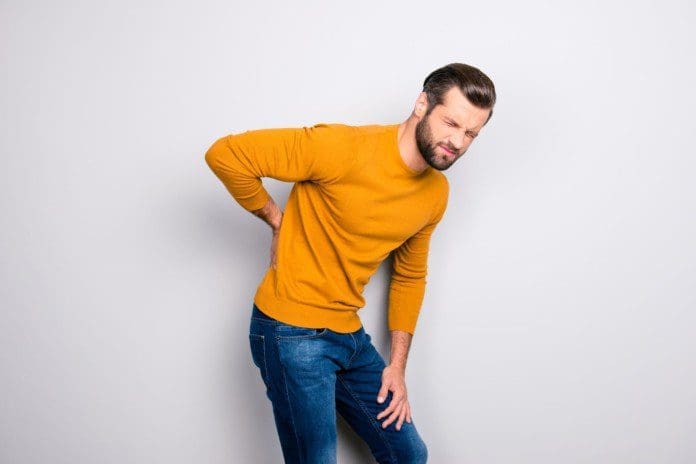
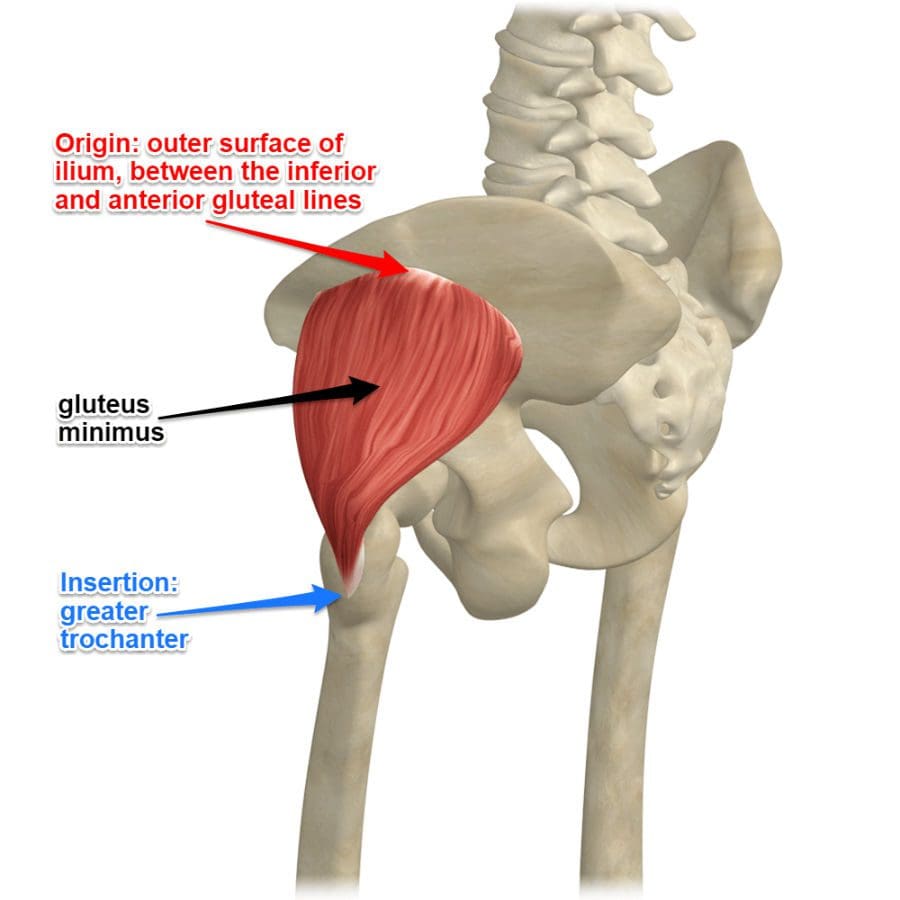



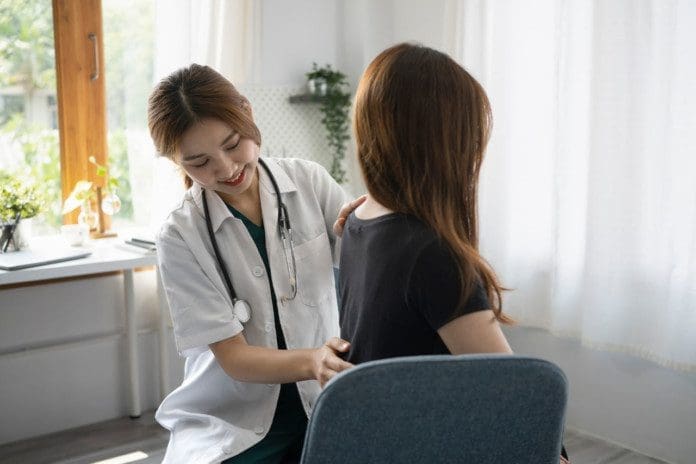

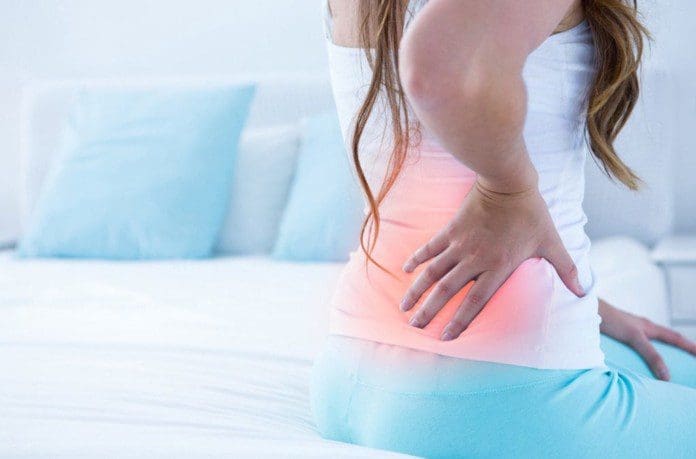
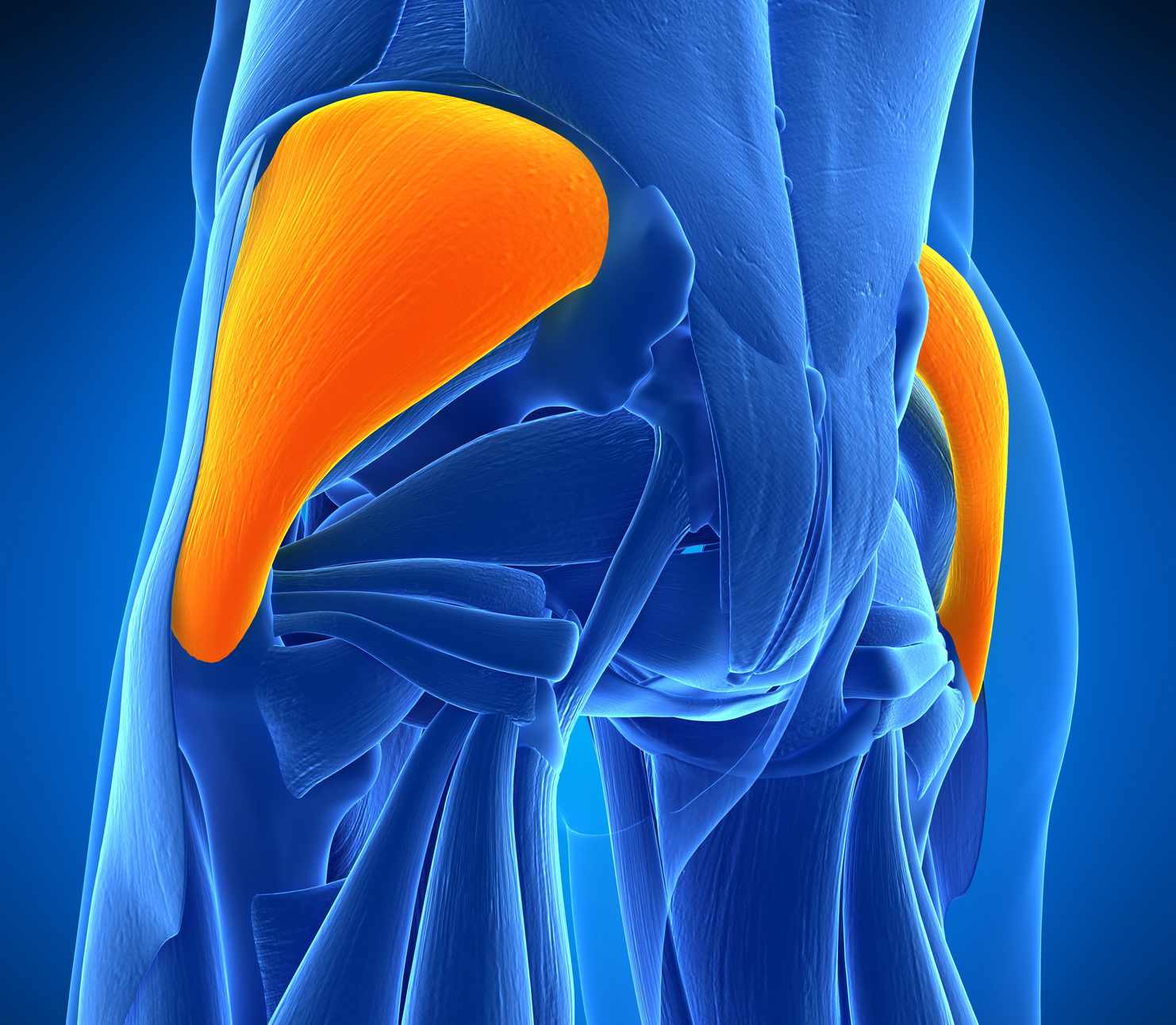




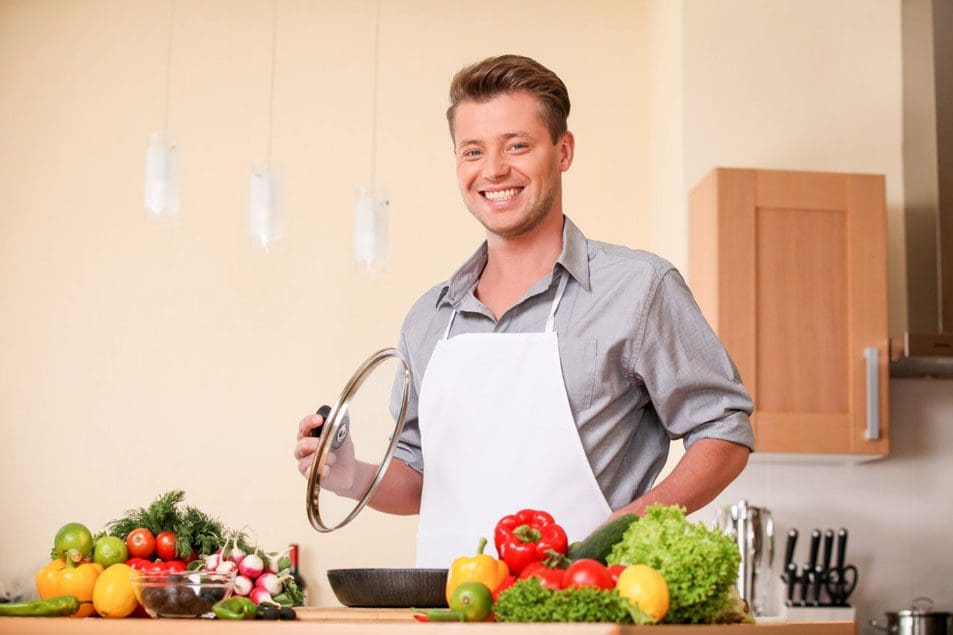
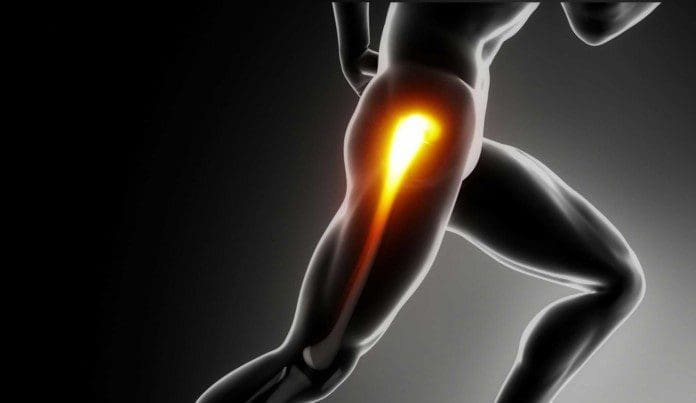
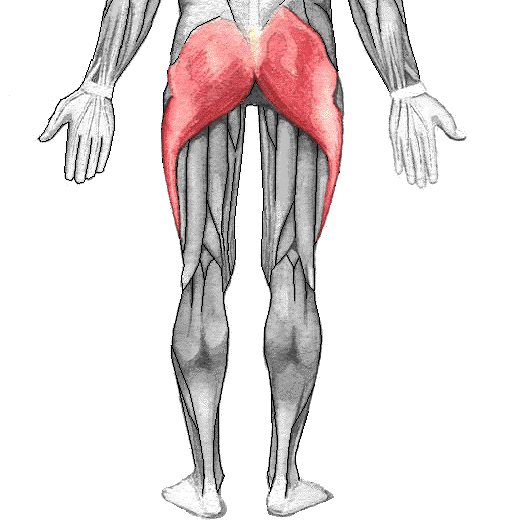



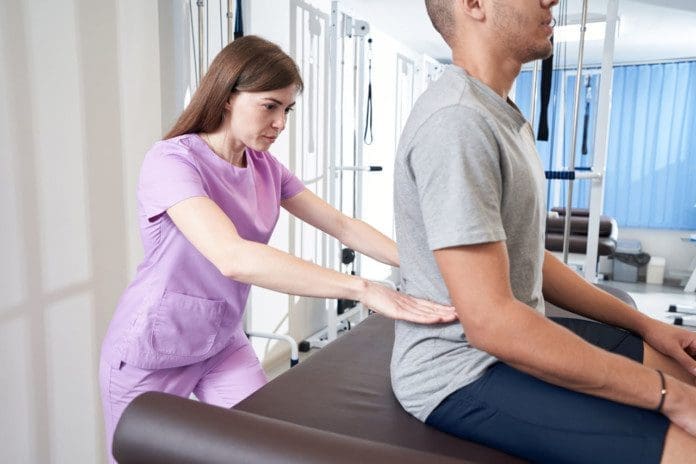
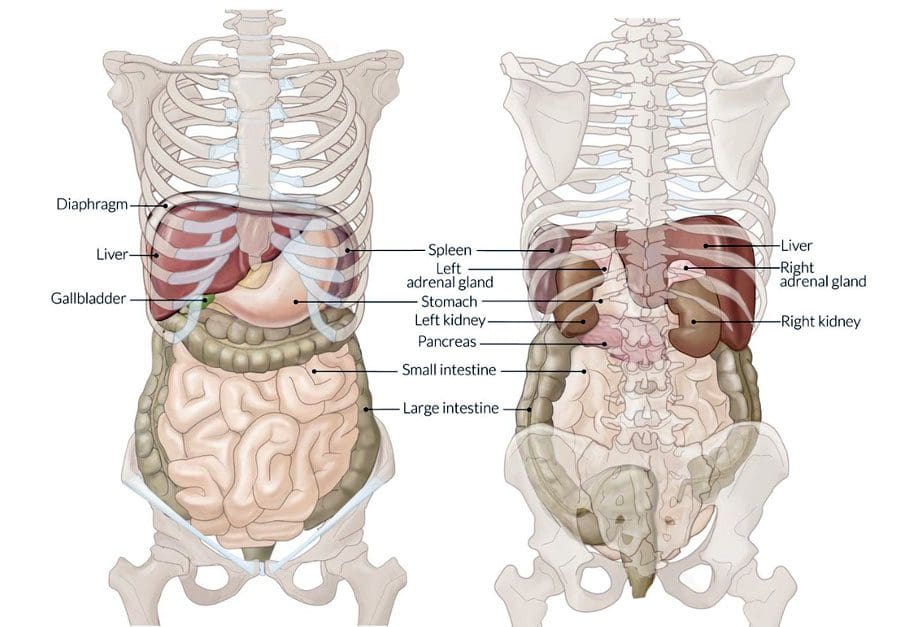 Stomach Back Pain Causes
Stomach Back Pain Causes
